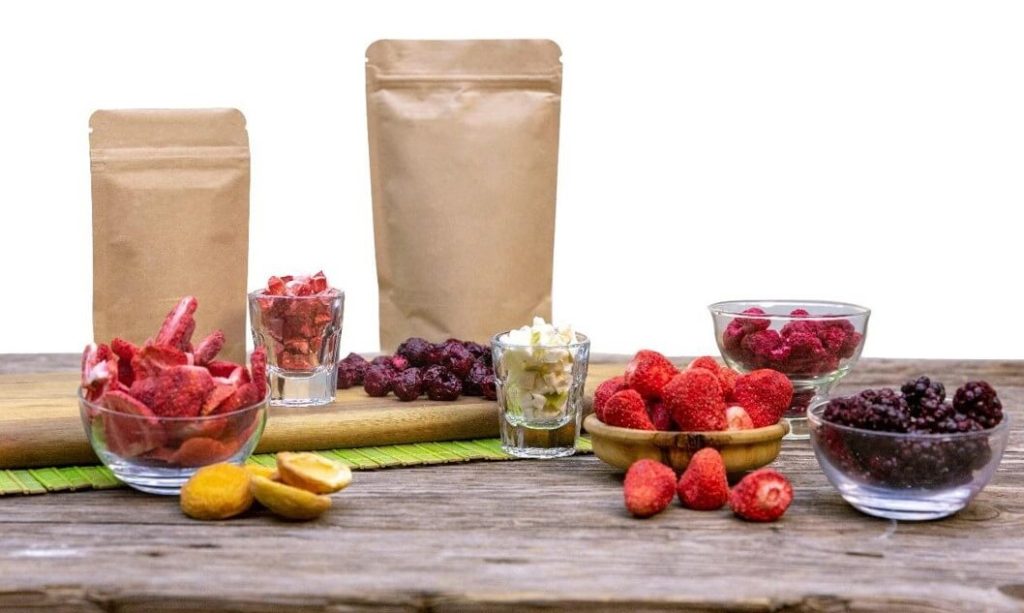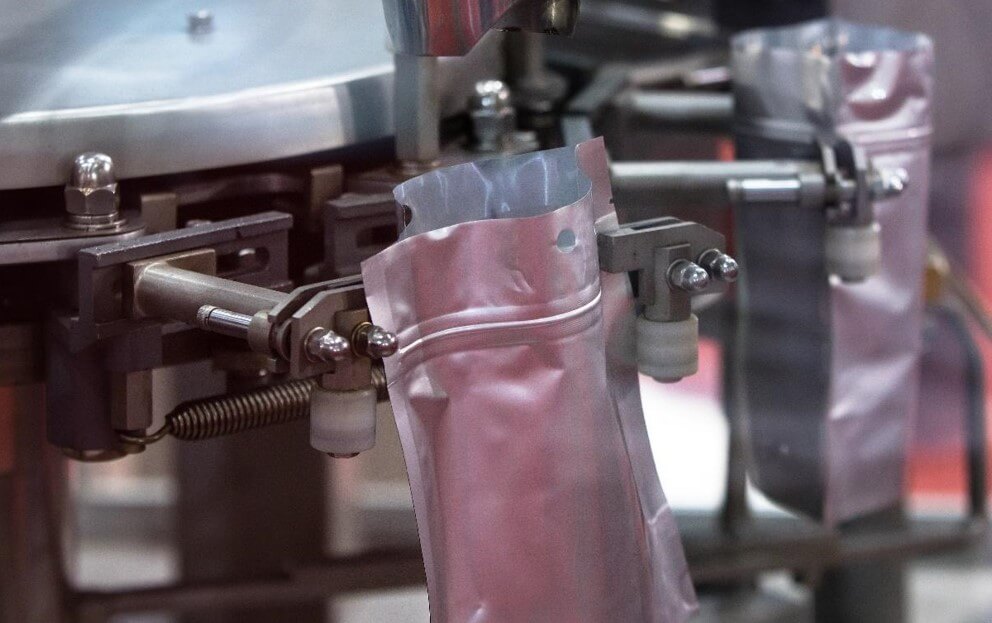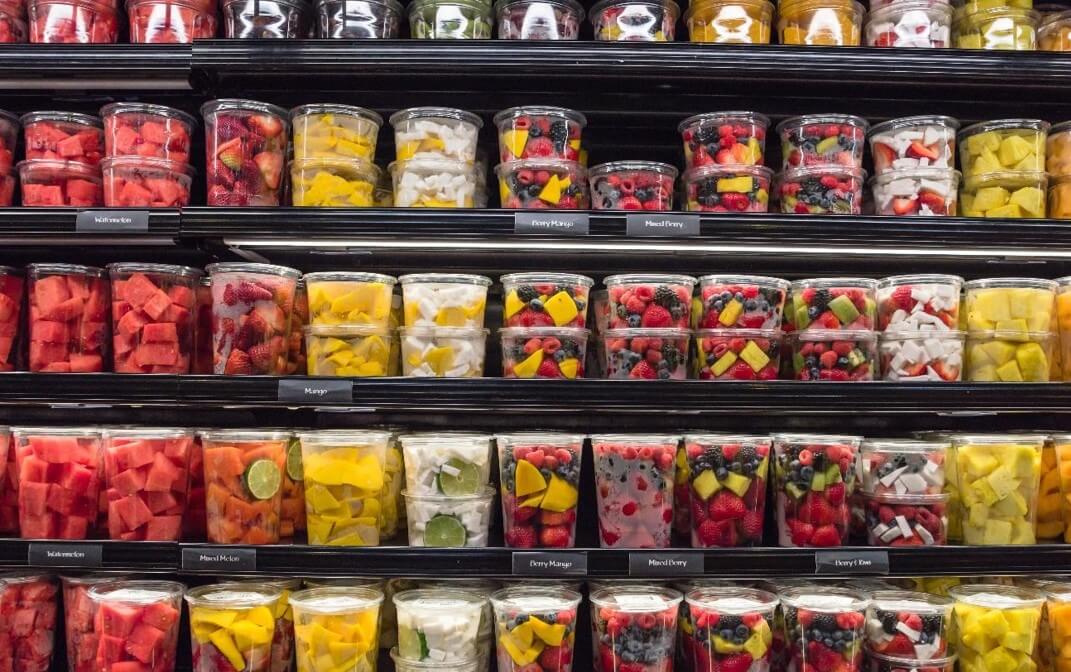Getting food packaging can often be the most challenging part of finalizing your product. For any food business owner, running a small business has a lot of little steps and details that can often fly under the radar.
It can be easy to put off food packaging until later, but it’s a significant part of the production process.
Custom packaging supplies are essential for keeping your food product in a safe, contained environment but are also an essential part of branding.
The right boxes that match your product’s overall look, your company’s branding logo, and packaging design are all key design elements to making your food product look great on retailers’ shelves.
But when it comes to food packaging supplies, what kinds work best for your business? And how can you ensure total protection of your food products?
We’ll break down what you need to know as a food entrepreneur and the packaging supplies you’ll need to distribute your products.
How Packaging Protects Food
It seems obvious, but the right packaging material protects your food product from outside contaminants.
This may not seem that important if you’re selling food products door-to-door or from your home, but once you expand your business to bigger players, then it becomes imperative that you follow food safety protocol.
Whether you’re preparing takeout or takeaway from a food truck or packing a fresh cookie or two into bakery boxes, how you pack your food item is an essential consideration in the food industry.
The packaging supplies for food should contain the food in an enclosed space and, depending on the food, partially or completely seal the product.
This will ensure no harmful contamination occurs during transit, and food is less likely to spoil. A more controlled environment means you can set food expiry dates and predict how long your product will keep.
The right custom food packaging solution protects your product from moisture, which can happen over time if not properly sealed.
Nearly one-third of all food produced globally is wasted, and an easy step toward food waste prevention is ensuring food can keep on shelves for longer.
Vacuum Packaging
This is the most straightforward and common food packaging method, especially for products that can be easily spoiled. Vacuum packaging involves removing air from a packet of food, ensuring no oxygen in the packaging.
A lack of oxygen means the food gets preserved for much longer than with it since oxygen encourages microorganisms to grow.
Vacuum sealing your food is an excellent method of packaging a product that will spoil easily, as removing the oxygen reduces the risk of spoilage.
Safe vacuum packaging should be done with the proper machinery and trained food staff. If you’re planning on getting your food FDA certified or available to mass retailers, your food products must be vacuum sealed at the proper facilities.
Unfortunately, the downside to this is you cannot vacuum package from home, as there are no cutting costs regarding safety. There are other ways to cut food manufacturing costs, but you can read more on our blog.
Freeze Drying

Freeze drying is an excellent food packaging method, especially for dried fruits. If you’re looking to package your dried fruits or fruit and nut mixes, then freeze-drying is the method for you.
Freeze drying is a method of preserving food and requires food packaging that keeps it sealed and moisture-free. This is usually in a vacuum-sealed plastic food container or resealable bag.
Hermetic Packaging

Hermetic packaging is a common way to package food, and in layperson’s terms means airtight. The food is completely sealed off gas-tight and can keep harmful gas and moisture from entering the sealed package.
This package typically requires plastic packaging to ensure it has a tight seal. The package can also keep liquids from escaping, so it can be a good option for any liquid goods you’re planning to manufacture.
Aseptic Packaging
Another packaging option is aseptic packaging. This refers to the process of sterilizing food packaging supplies and any surface the food will come into contact with. Sterilization occurs through chemical, thermal, or radiation methods.
The food is packaged in a completely sterile environment and is the preferable option when packaging beverages or other liquids, like soups.
Co-Packing Can Cut Costs
If you’re on a tight budget and looking to cut costs where you can, it may be worthwhile to look into co-packing or contract packaging and see if it’s right for your business.
Packing goods is often the last step in manufacturing, and sometimes as a small business, you might not have the money in the budget to package products in-house.
This is where co-packing comes in. There are several ways to work with a co-packer or contract packager so they can package your goods according to your schedule.
Contract packaging companies are typically used for fulfilling short-term product packing needs.
If your food boxes or packing require specialized equipment and trained professionals on-site, it could be best to look into co-packing.
Packing services can help with design, inventory management, printing and production, thermoforming and fitting your product, and package assembly and fulfillment.
These packaging solutions can greatly benefit your business, so consider seeking out co-packing services.
Conclusion
These are the most common methods of food packaging and the general supplies you’ll need to get started on manufacturing. It depends on your product, where you’re selling it, who you’re selling it to, and how long the product’s shelf life is.
If it’s a dry product, you’ll need to determine if it needs to be freeze-dried, vacuum sealed, or sold as is and what kind of packaging supplies you’ll need.
More logistics come into play for other food packaging products that may need to be frozen, like how the products will travel in transit and how they will be packaged on-site.
If you have more questions about food packaging options, reach out to us at the greater goods for help with any food consulting needs.
Our specialists have a wide range of expertise in food packaging materials, sustainability, packaging supply, and safety.
We can help you connect with quality suppliers to protect your food products in transit and on retailers’ shelves until they get into the hands of your customers.
